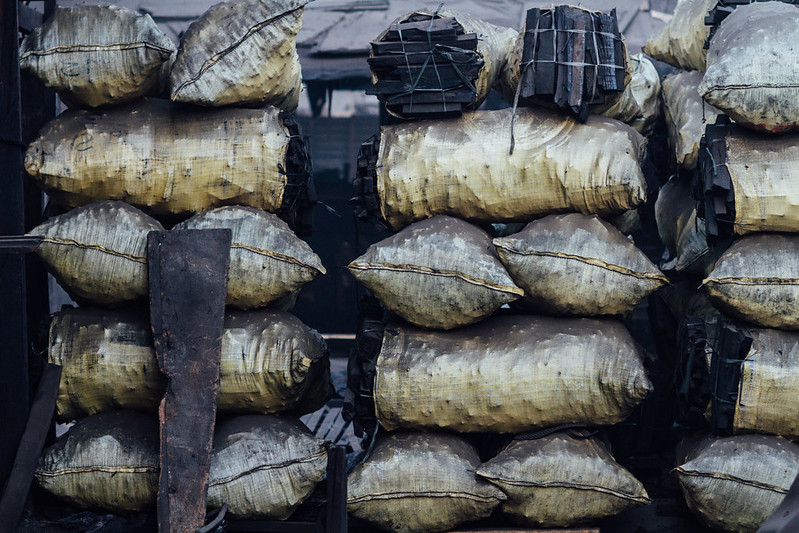Research finds that multinational land deals harm local food security
Africa’s Catholic bishops have criticized the appropriation of land;natural resources and other economic assets by private companies and called on national governments to show greater concern for local community rights and needs. They said: ‘The impunity of corporate and elite capture of African land and natural resources and the damage this is doing to Africa’s food systems;to our environment;our soils;lands and water;our biodiversity;our nutrition and health is a major concern.



